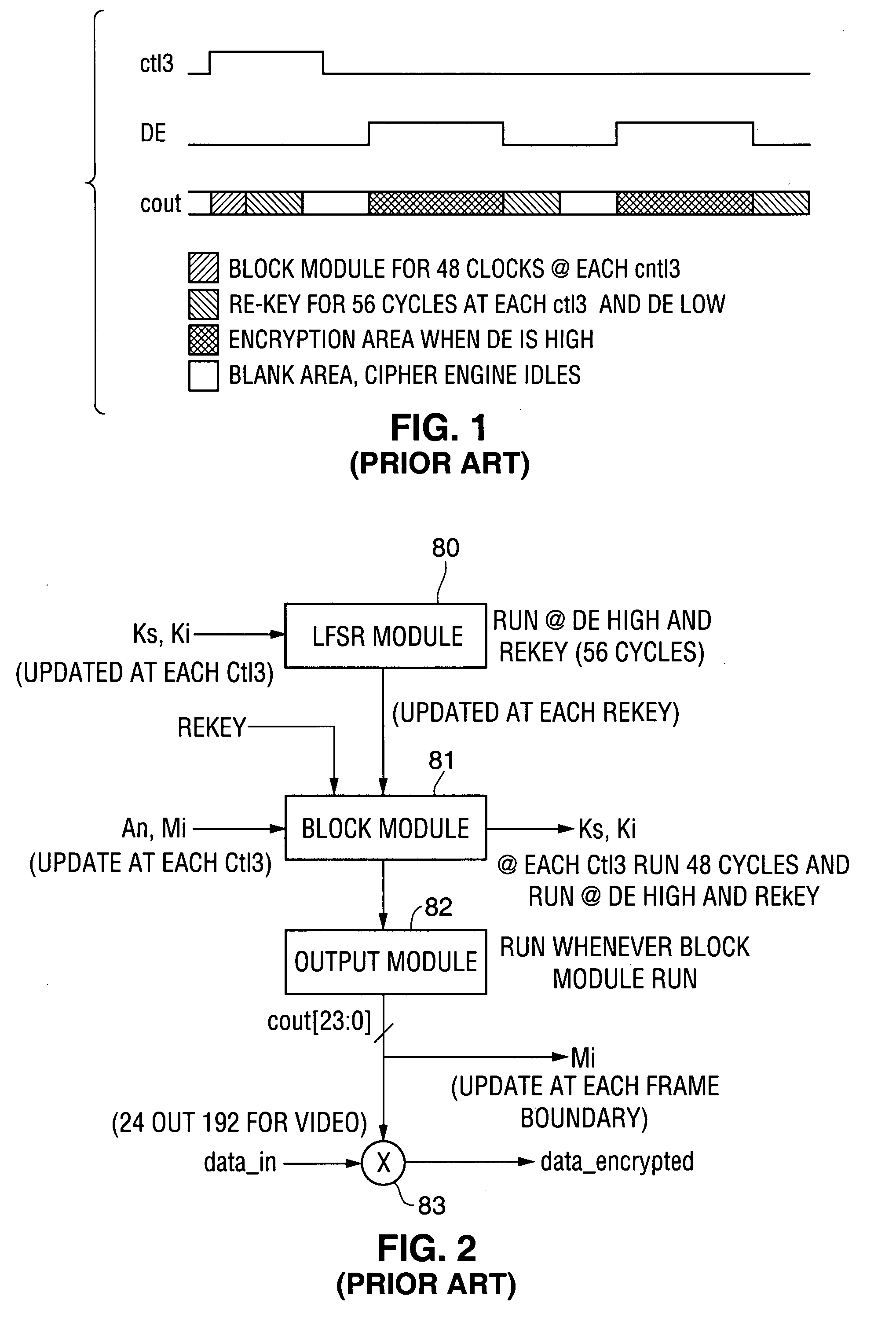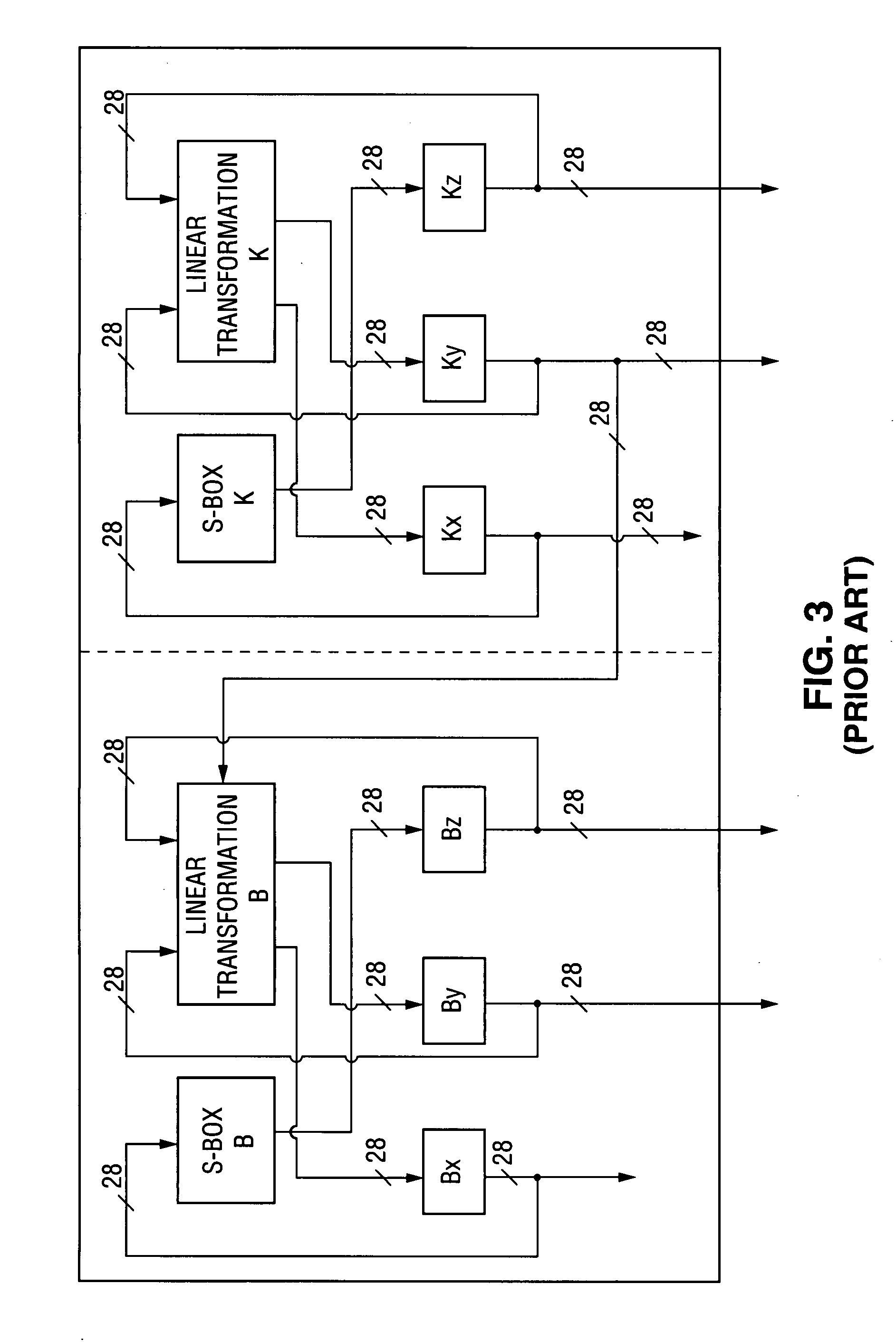Method and apparatus for content protection in a personal digital network environment
a content protection and personal digital network technology, applied in the direction of digital transmission, unauthorized memory use protection, instruments, etc., can solve the problems of content not being effectively protected in a conventional pdne, content being easily damaged, and being unauthorized to use and copy their property, etc., to achieve the effect of convenient removal and convenient removal
- Summary
- Abstract
- Description
- Claims
- Application Information
AI Technical Summary
Benefits of technology
Problems solved by technology
Method used
Image
Examples
Embodiment Construction
[0121] Initially, teaching of above-referenced U.S. patent application Ser. No. 10 / 679,055 will be summarized with reference to FIGS. 4-13.
[0122] In the below description, the expression “non-protected” data denotes data received by a device (e.g., an HD-DVD drive), which may or may not be subject to intellectual property protection, but which the device is configured to recognize as assertable in nonencrypted form to an open computing system.
[0123] The expression “SATA interface” herein denotes an interface configured for communication over at least one serial link in compliance with the SATA standard. The expression “SATA standard” herein denotes the standard known as Serial ATA, Revision 1.0, adopted on Aug. 29, 2001, by the Serial ATA Working Group, for communication between a host and one or more storage devices over one or more serial links.
[0124] In a typical embodiment of the open computing systems described in U.S. patent application Ser. No. 10 / 679,055, a closed subsyst...
PUM
 Login to View More
Login to View More Abstract
Description
Claims
Application Information
 Login to View More
Login to View More - R&D
- Intellectual Property
- Life Sciences
- Materials
- Tech Scout
- Unparalleled Data Quality
- Higher Quality Content
- 60% Fewer Hallucinations
Browse by: Latest US Patents, China's latest patents, Technical Efficacy Thesaurus, Application Domain, Technology Topic, Popular Technical Reports.
© 2025 PatSnap. All rights reserved.Legal|Privacy policy|Modern Slavery Act Transparency Statement|Sitemap|About US| Contact US: help@patsnap.com



